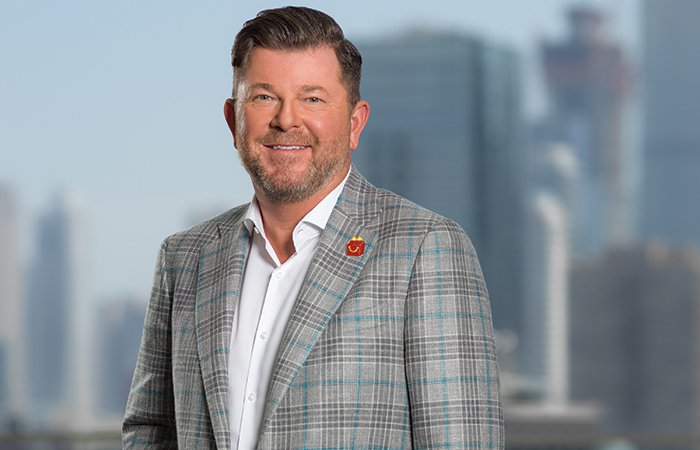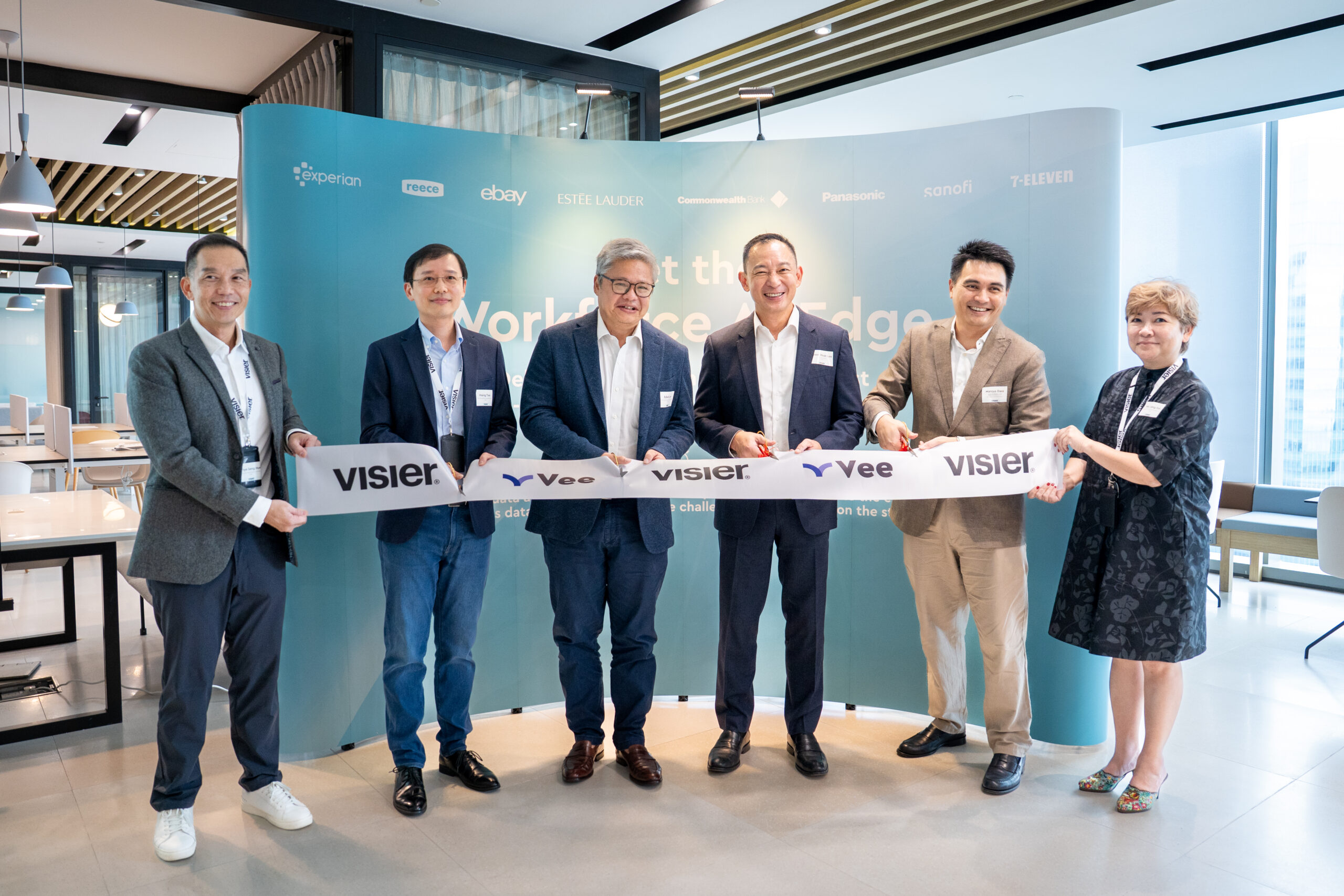Why HR is at the heart of McDonald’s new golden age
- Andrew R. McIlvaine

For David Fairhurst, the entrepreneurial spirit took hold at an early age.
“I had my own sweets shop when I was 10 years old, selling to local kids,” the northwest England native says.
The lure of commerce wasn’t the only thing on young Fairhurst’s mind, however. He also seriously considered becoming a pastor and took public-speaking lessons at his local church, in addition to engaging in lots of community volunteer work.
Upon graduating college, however, he’d lost his ambition for a career in the church — yet he hadn’t lost sight of his idealism, nor his fascination with business. He ended up combining the two into a career in HR.
“When people science and commerciality come together, it feels like HR,” says Fairhurst, who continued his community involvement by serving as a visiting professor at the UK’s Manchester University and working with nonprofits to teach workers new skills.
Fairhurst today is Corporate Executive Vice President, Chief People Officer at McDonald’s Corp, which is itself a global symbol of commerciality and entrepreneurialism. Beginning with a single hamburger stand in San Bernardino, California, in 1948, founders Richard and Maurice McDonald pioneered a system in which burgers, fries and milkshakes were produced with assembly-line efficiency. They later partnered with Ray Kroc, a milkshake-machine salesman who greatly expanded their franchise operations. In 1961, the McDonald brothers sold the business to Kroc for US$2.7 million. Under his leadership, McDonald’s expanded rapidly throughout the US and then the world, providing the opportunity for numerous franchisees around the world to become millionaires.
These days, McDonald’s, like its fast-food competitors, is facing a turning point. The industry’s global growth has slowed, even as consumers’ expectations for innovation and convenience continue to grow. Customers want home delivery, healthier eating options, and the ability to pay via their phones; yet, they also want more than the convenience that McDonald’s has built its reputation on — they want a hospitable environment where they feel welcome, says Fairhurst.
Despite these pressures, McDonald’s financial performance has been on the rise. The company’s stock price is at an all-time high, while profits have risen by 4.5% since CEO Steve Easterbrook took over in 2015. According to data from Technomic, total sales rose 2.4% last year to US$38.5 billion.
Easterbrook, who’s led a turnaround at the company that’s resulted in cost savings of US$500 million, moved Fairhurst into the top HR job shortly after becoming CEO. Easterbrook had previously served as president of McDonald’s Europe, where Fairhurst was Chief People Officer.
“I have the privilege of working with a CEO who’s really a catalyst of change and knows how to harness all the ‘capitals’: financial, cultural and human,” he says.
Dave Ulrich, Rensis Likert Professor at the University of Michigan’s Ross School of Business and a partner at the RBL Group, served as a consultant to the company on its cultural transformation and has high praise for Fairhurst.
“David is just one of the best HR people I’ve run into,” he says. “He has great insight into the business and great instincts on what HR can do to help.”
The power of organisation design
At the time Fairhurst stepped into his current role in 2015, things were trending downward at McDonald’s. A year before, a Consumer Reports survey declared McDonald’s hamburgers the “worst-tasting” of all fast-food chains. The company felt compelled to run commercials denying that its hamburger meat contained “pink slime.” Same-store sales had been declining for six consecutive quarters, and its stock price was barely budging upward. And, unfairly or not, McDonald’s bore the brunt of criticism over the fast-food industry’s role in the nation’s obesity epidemic.
Meanwhile, consumers were showing an increased preference for fresh, healthy alternatives to traditional fast-food items, or for newer chains such as Chipotle and Five Guys Burgers.
“Our heritage was about understanding our customer, but the challenge was that our customers’ needs had moved on, and we hadn’t kept up as well as we should have,” says Fairhurst. “We needed to reconnect with our entrepreneurial heritage but in a contemporary way, and this required an evolution of our culture.”
From 2012 to 2015, the business hit a tough spot of negative sales growth across the entire system. “The reality is that we lost touch with our customers as we were trying new innovations that were not generating customer growth,” he says.
Easterbrook swiftly launched a turnaround plan. He closed less-profitable locations, invested in upgrading food quality and restaurant technology, and restructured the company.
Fairhurst has played a vital role in the restructuring effort that reduced costs by US$500 million. This included moving from a decentralised reporting relationship to a centralised one, with all 18 of the company’s wholly owned markets reporting directly to corporate headquarters.
“Getting all of the behaviours aligned was a top priority,” says Fairhurst. “It’s not about becoming a different McDonald’s, but a better McDonald’s.”
He cites the importance of organisation design in helping the company reshape itself for the future.
“One of the things I’ve recognised over the years is the power of organisational development (OD),” he says. “OD is about ensuring the right people focus on the right things.”
Too often, however, OD gets “switched on and off” — brought in to help solve a particular issue, and then abandoned once the issue is resolved, says Fairhurst. Instead, OD should be “always on”—driving scenario planning and conceptualizing the shape the organisation will need to take in order to deliver against those plans. “Always-on OD” can also help ensure the organisation can adapt quickly to changing business needs, he says.
As part of the organisation redesign, McDonald’s various markets — which traditionally had been organised according to geography — were reoriented toward being grouped in “segments,” depending on which stages of evolution they were in, he says.
“Working closely with Steve, we got to the point where we realised that, although defining our structure by geography had served us well for 40 years, it was not the best way to support our business strategy,” says Fairhurst. “When you put markets together which have similar needs, challenges and opportunities, innovation happens more readily.”
Core functions such as HR and finance departments were also globalised, with the intent of allowing the business side to focus its attention on operations, he says.






